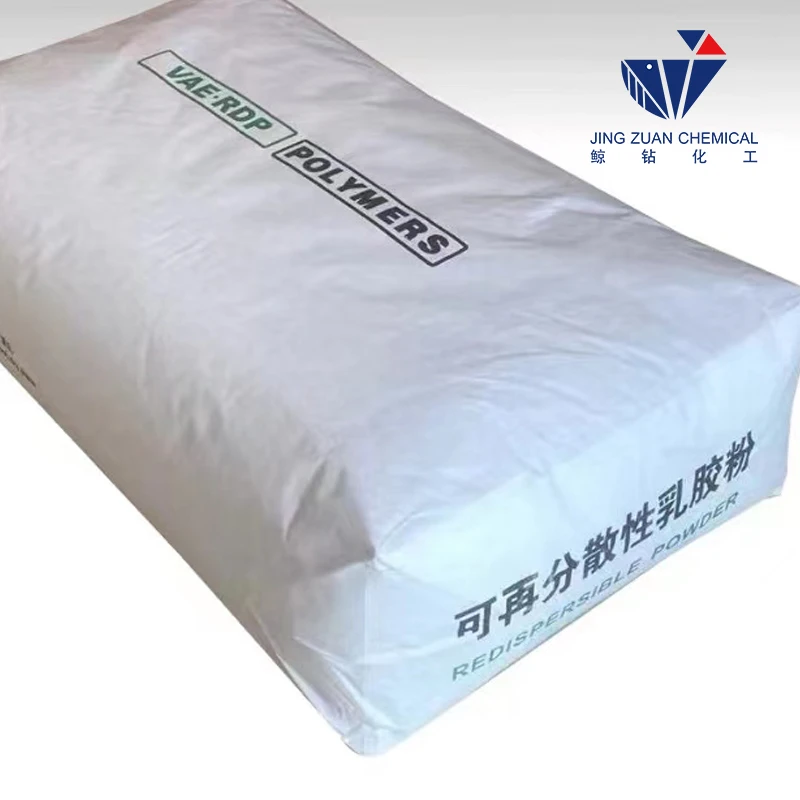
నవం . 07, 2024 22:26 Back to list
Innovative Approaches to HPMC Synthesis for Enhanced Pharmaceutical Applications
Understanding HPMC Synthesis A Comprehensive Overview
Hydroxypropyl Methylcellulose (HPMC) is a versatile cellulose derivative that finds applications across various industries, including pharmaceuticals, food, cosmetics, and construction. With its unique properties, HPMC has become a crucial component in numerous formulations and products. To achieve these benefits, understanding the synthesis process of HPMC is essential.
What is HPMC?
HPMC is produced from cellulose, a natural polymer found in plant cell walls. The synthesis of HPMC involves the modification of cellulose through etherification, where hydroxypropyl and methyl groups are introduced. This modification enhances the solubility, flexibility, and moisture retention of cellulose, making it highly useful in various applications.
The Synthesis Process
The synthesis of HPMC can be broken down into several key steps
1. Extraction of Cellulose The first step in HPMC synthesis is the extraction of cellulose from natural sources such as wood or cotton. This process often involves chemical treatments to remove lignin and hemicellulose, resulting in pure cellulose.
2. Alkali Treatment The extracted cellulose is then treated with alkali solutions (such as sodium hydroxide) to create a swollen state of cellulose. This step increases the accessibility of the macromolecule for subsequent reactions.
3. Etherification Following alkali treatment, the cellulose is reacted with etherifying agents, typically propylene oxide and methyl chloride. The reaction conditions, including temperature and pH, play a crucial role in determining the degree of substitution of the hydroxypropyl and methyl groups. An optimal balance is essential to achieve the desired properties of HPMC, such as viscosity and solubility.
4. Purification After etherification, the product is purified to eliminate any unreacted chemicals, catalysts, and by-products. This can involve multiple washing and filtering steps, ensuring that the final product meets regulatory standards for purity.
hpmc synthesis

5. Drying and Milling Once purified, HPMC is dried to remove moisture content and then milled into a fine powder. This final formulation enables easy incorporation into various formulations and products.
Applications of HPMC
1. Pharmaceuticals In the pharmaceutical industry, HPMC serves as an excipient in drug formulations. It aids in controlled release, viscosity modification, and acts as a binder in tablets.
2. Food Products HPMC is widely used as a food additive, providing thickening, emulsification, and stabilization properties. It is commonly found in sauces, dairy products, and gluten-free baked goods.
3. Cosmetics Due to its film-forming properties, HPMC is used in cosmetics and personal care products as a thickening agent and stabilizer.
4. Construction In the construction industry, HPMC is employed as a water-retaining agent in mortars, plasters, and tile adhesives, enhancing the workability and adhesion of these materials.
Future Perspectives
As industries continue to evolve, the demand for HPMC is expected to increase, driven by the need for innovative solutions and sustainable practices. Ongoing research aims to develop more efficient synthesis methods, reduce environmental impact, and enhance the functional properties of HPMC.
In summary, the synthesis of HPMC is a complex process that transforms natural cellulose into a multifunctional polymer with wide-ranging applications. Understanding this process not only illuminates the significance of HPMC in various fields but also paves the way for innovations that can further enhance its utility in our daily lives. With its growing importance, HPMC stands at the forefront of material science, contributing to advancements and improved formulations across multiple sectors.
-
Unlocking the Benefits of HPMC Products: A Gateway to Versatile Applications
NewsAug.07,2025
-
Unleashing the Potential of HPMC Ashland: A Comprehensive Look
NewsAug.07,2025
-
Tile Bonding Cellulose: The Key to Superior Adhesion and Durability
NewsAug.07,2025
-
Hydroxypropyl Methylcellulose Powder: The Versatile Component in Modern Pharmaceuticals
NewsAug.07,2025
-
Hydroxyethyl Cellulose: The Versatile Solution for Various Industries
NewsAug.07,2025
-
Hydroxyethyl Cellulose (HEC): The Versatile Polymer for Various Applications
NewsAug.07,2025







